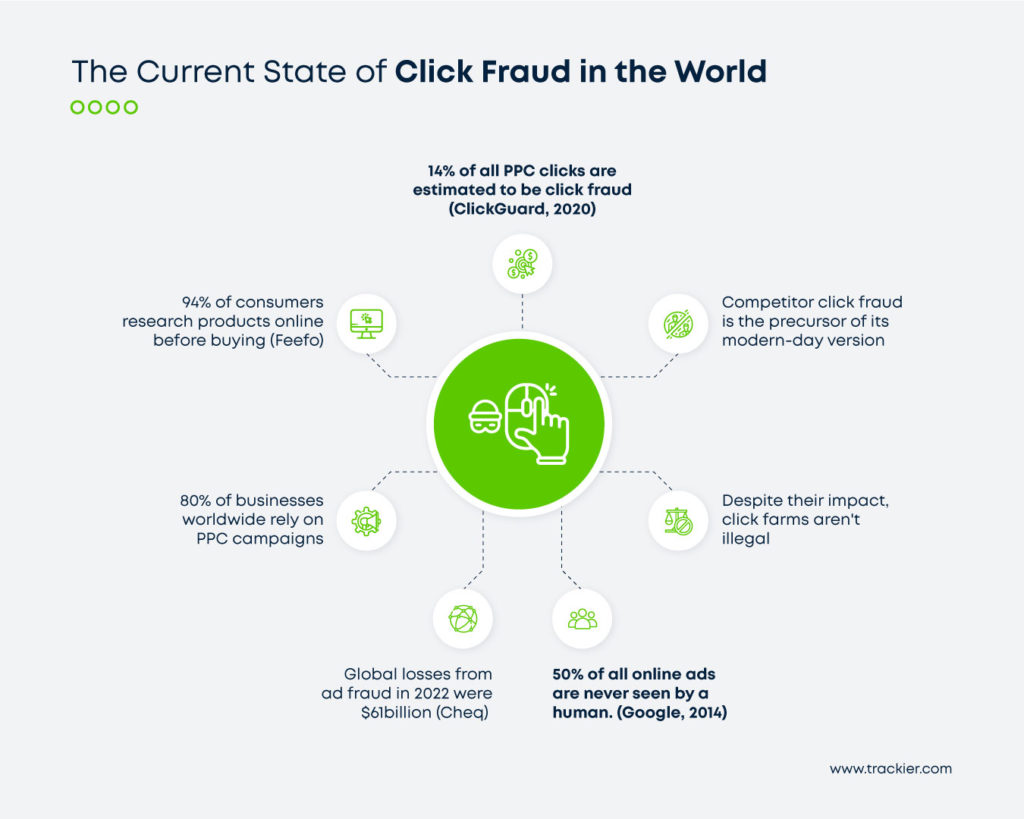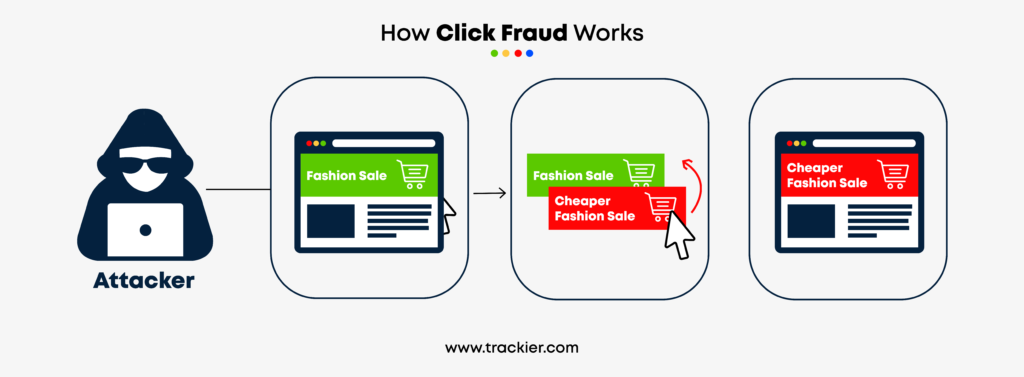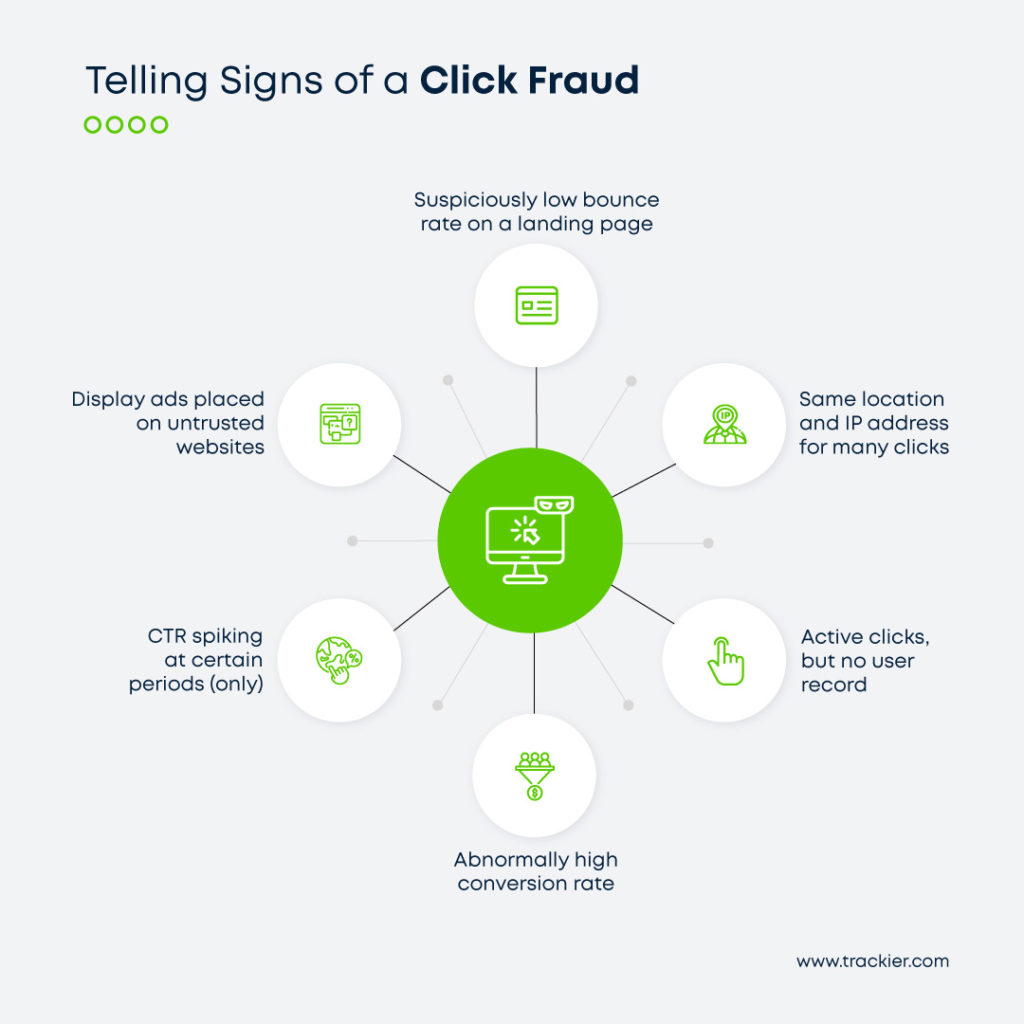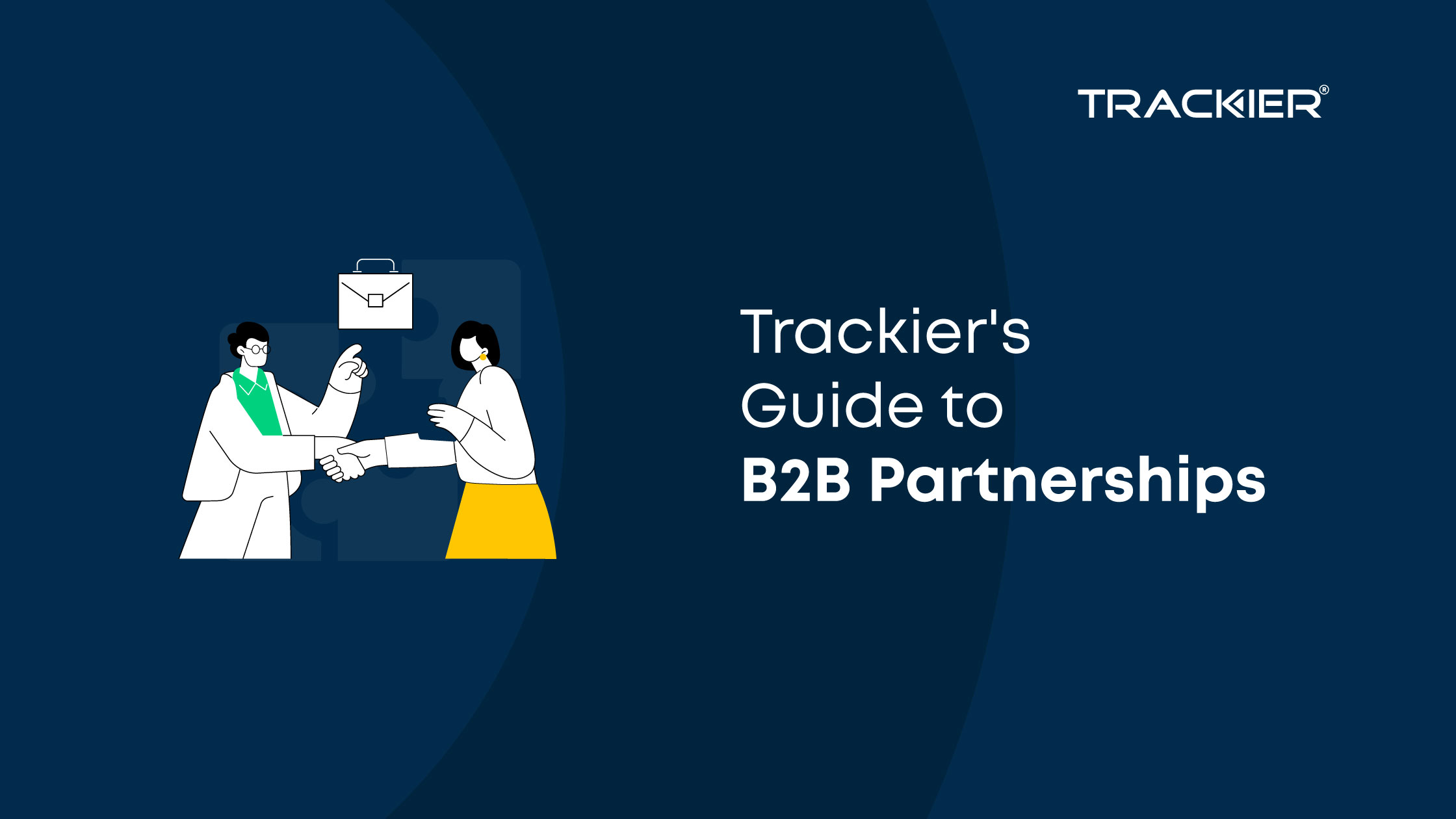In the rapidly evolving landscape of digital marketing, one of the persistent challenges that advertisers and marketers face is click fraud. Click fraud refers to the deceptive practice of generating invalid or fraudulent clicks on online advertisements with the intent of inflating costs or skewing campaign performance metrics. As online advertising budgets continue to grow, the need to detect and prevent click fraud becomes paramount. In this blog, we’ll explore various ways to detect click fraud in marketing campaigns and safeguard your return on investment (ROI).
Back to the Basics: How Does Click Fraud Work?
Click fraud is a deceptive practice in the digital advertising ecosystem where individuals or automated bots intentionally click on online ads with malicious intent. This fraudulent activity aims to generate illegitimate clicks, inflate ad engagement metrics, and manipulate the advertising platform’s payment structure or campaign performance metrics. Click fraud can be carried out through various methods, each with the goal of benefiting the fraudster at the expense of advertisers, ad networks, or platforms. Here are some common ways click fraud works:
-
Manual Click Fraud:
In this method, individuals manually click on ads without any intention of engaging further with the advertised content. Competitors, disgruntled customers, or even ad publishers themselves might engage in manual click fraud to deplete an advertiser’s budget, increase their costs, or negatively impact their campaign performance.
-
Bot Click Fraud:
Automated bots, also known as “click bots,” are programmed to mimic human behavior and click on ads. These bots can be created and controlled by individuals or groups with malicious intent. They generate a high volume of clicks quickly, leading to inflated click-through rates (CTR) and potentially driving up advertising costs for the advertiser.
-
Click Farms:
Click farms involve a network of individuals, often located in low-wage countries, who are paid to click on ads repeatedly. These individuals might use multiple devices to create the illusion of genuine engagement, thereby manipulating CTR and engagement metrics. Click farms can be used to exhaust ad budgets or undermine competitors’ campaigns.
-
Ad Fraud Rings:
Sophisticated click fraud operations involve coordinated efforts among multiple individuals, often working across different regions. These “fraud rings” can utilize a combination of manual clicking, automated bots, and proxy IP addresses to make their fraudulent activities more difficult to detect.
-
Ad Stacking:
Ad stacking involves placing multiple ads on top of each other within a single ad placement, making them virtually invisible to users but still clickable. When users click on the visible ad, they unknowingly click on hidden ads as well, generating multiple clicks with just a single user interaction.
-
Impression Fraud:
Impression fraud occurs when an ad is displayed on a web page but remains hidden from the user’s view. Bots or automated scripts can load and display ads on pages that aren’t actually viewed by real users, leading to inflated impression counts without legitimate user engagement.
-
Competitor Click Fraud:
In highly competitive industries, competitors might engage in click fraud to drain their rivals’ advertising budgets, deplete their resources, and create an unfair advantage by decreasing their competitors’ ad visibility.
-
Mobile App Fraud:
Mobile apps with ads can be vulnerable to click fraud, as fraudsters can create apps that generate fraudulent clicks without users’ knowledge. These apps may contain hidden ad placements that generate clicks automatically, even when the app isn’t actively being used.
The Right Way Round: 9 Ways to Detect Click Fraud
1. Monitoring Abnormal Click Patterns
One of the first signs of click fraud is an abnormal pattern of clicks. By closely monitoring the incoming traffic, advertisers can identify sudden spikes in clicks that are unrelated to other campaign performance metrics. Rapid changes in click-through rates (CTRs) can signal potential click fraud, especially if the clicks don’t lead to corresponding increases in conversions or engagement.
2. IP Address Analysis
Click fraudsters often employ a range of tactics to make their fraudulent activities appear legitimate. Analyzing IP addresses can reveal multiple clicks originating from the same source, suggesting the use of bots or automated scripts. Unusual geographic locations or excessive clicks from single IP addresses can serve as red flags for click fraud.
3. User Behavior Analysis
Legitimate users typically exhibit certain behaviors when interacting with online advertisements. Click fraud can be detected by analyzing user behavior, such as the time spent on landing pages, navigation paths, and mouse movements. Sudden, identical actions across multiple clicks might indicate the involvement of automated scripts.
4. Click Discrepancy Analysis
Comparing clicks from different sources, such as ad networks or platforms, can uncover discrepancies that point to click fraud. If the click volumes from a specific source don’t correlate with the performance metrics it generates, it could indicate fraudulent activity.
5. Conversion Tracking
Monitoring conversions in relation to clicks is essential for detecting click fraud. A significant disparity between clicks and conversions might suggest that a substantial portion of clicks is fraudulent. By assessing the quality of traffic in terms of actual conversions, advertisers can gain insights into the legitimacy of clicks.
6. Use of Machine Learning Algorithms
Machine learning algorithms can play a pivotal role in identifying patterns associated with click fraud. These algorithms can be trained to recognize fraudulent behaviors, such as irregular click intervals, excessive clicking, or clicks from known fraudulent IP addresses. Over time, these algorithms become more accurate as they adapt to evolving fraud techniques.
7. Click Timestamp Analysis
Analyzing the timing of clicks can reveal abnormal patterns. A sudden surge in clicks during off-hours or on weekends, when genuine traffic is typically lower, might indicate fraudulent activity. Regular, consistent click patterns are more likely to be genuine.
8. Blacklisting Suspicious IP Addresses
Maintaining a blacklist of known fraudulent IP addresses can provide a proactive defense against click fraud. Regularly updating this list based on past experiences and observations can help prevent repeated attacks from the same sources.
9. Ad Engagement Metrics
Beyond mere clicks, engagement metrics such as bounce rates, time spent on site, and interactions with the page can provide valuable insights. If a majority of clicks result in immediate bounces or minimal engagement, it’s a sign that the clicks may be fraudulent.
Putting it Together
Click fraud detection is of paramount importance in the digital marketing landscape. As advertisers invest substantial budgets into online campaigns, the threat of click fraud looms large, jeopardizing the integrity of these investments. Detecting click fraud is crucial to maintain the accuracy of performance metrics, ensure a fair playing field for advertisers, and protect marketing budgets. Click fraud inflates click-through rates and engagement metrics, distorting the true impact of campaigns. By identifying and mitigating fraudulent clicks, businesses can allocate their resources more efficiently, maximizing return on investment (ROI) and fostering genuine customer interactions. Moreover, accurate data aids in strategic decision-making, allowing advertisers to fine-tune targeting strategies and improve overall campaign effectiveness. Ultimately, the battle against click fraud safeguards the credibility of digital advertising, fostering trust among advertisers, consumers, and advertising platforms while fostering a healthier and more transparent online advertising ecosystem.
















